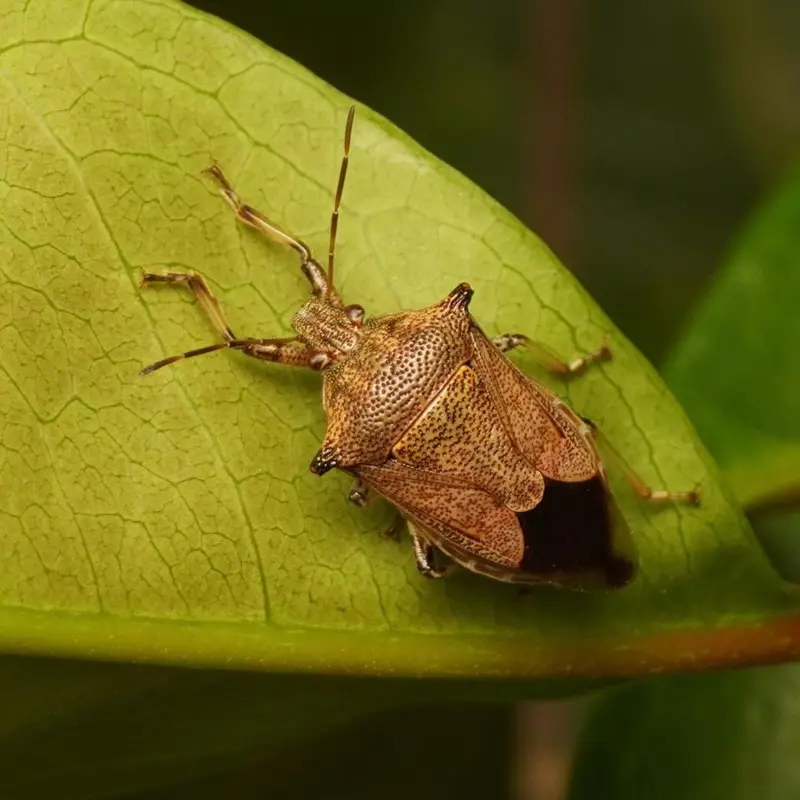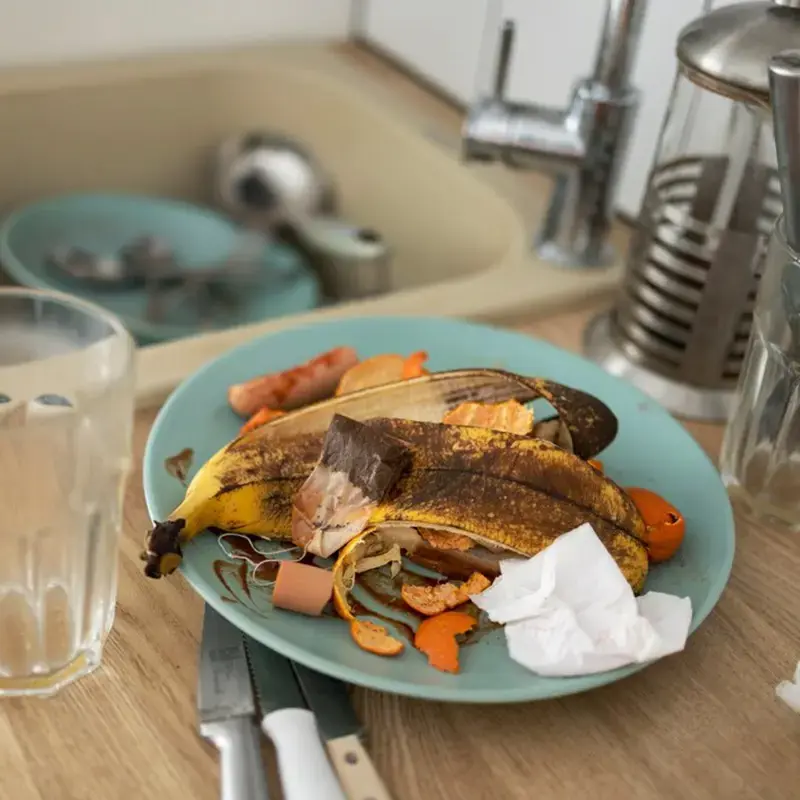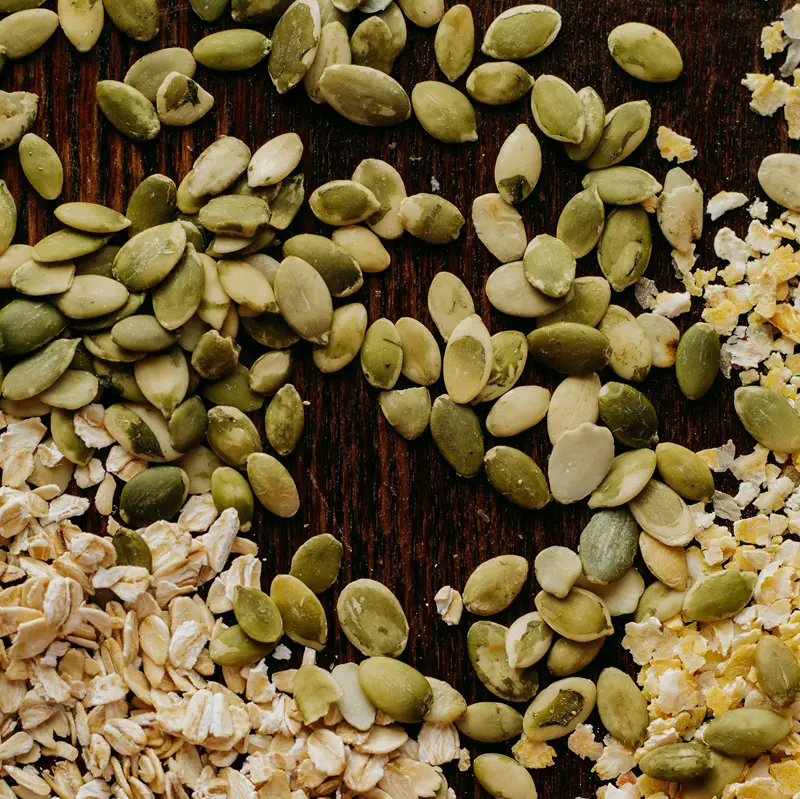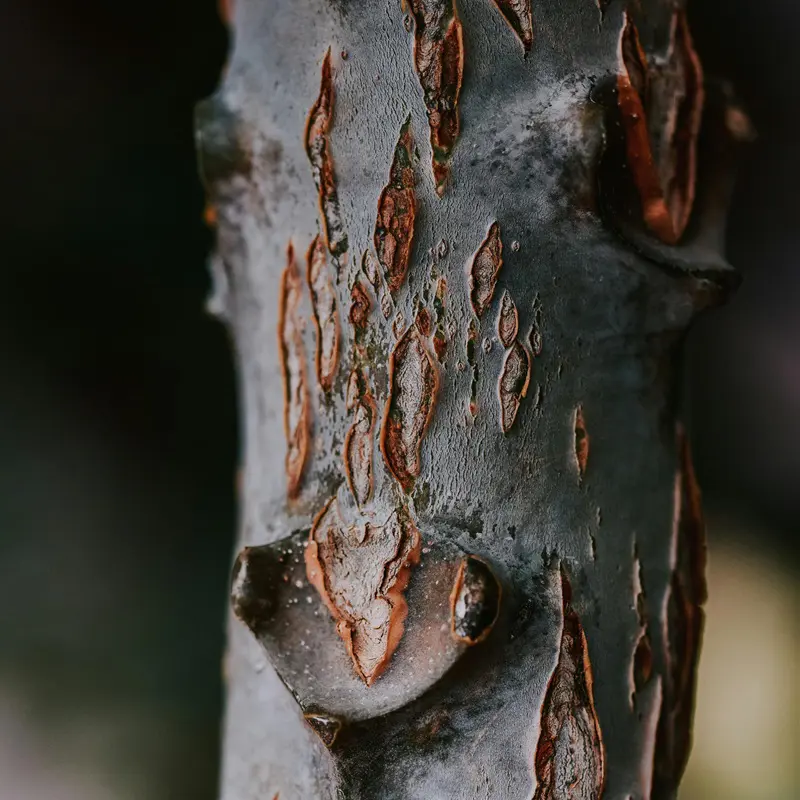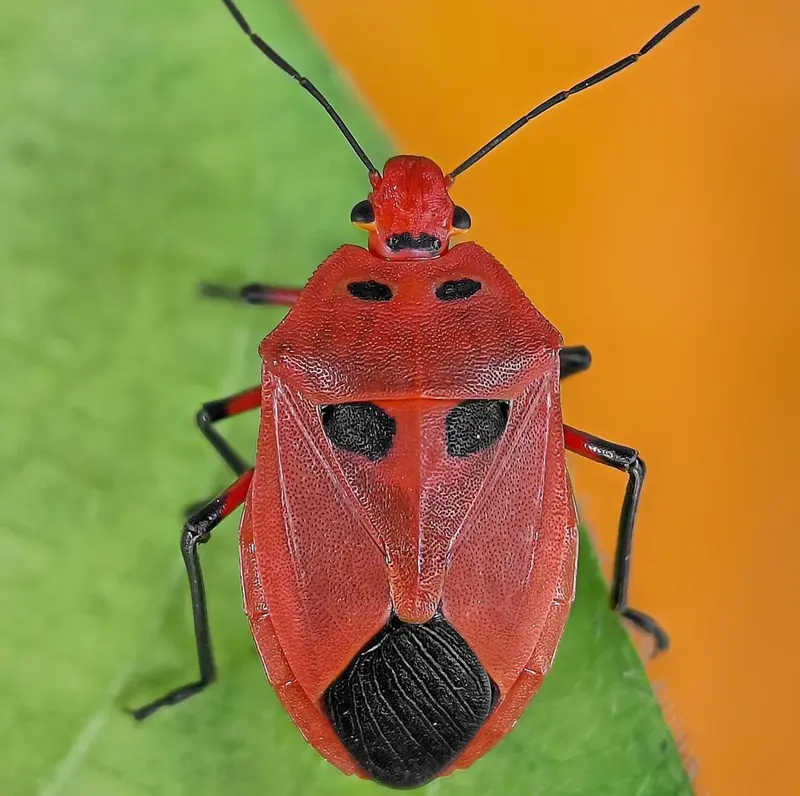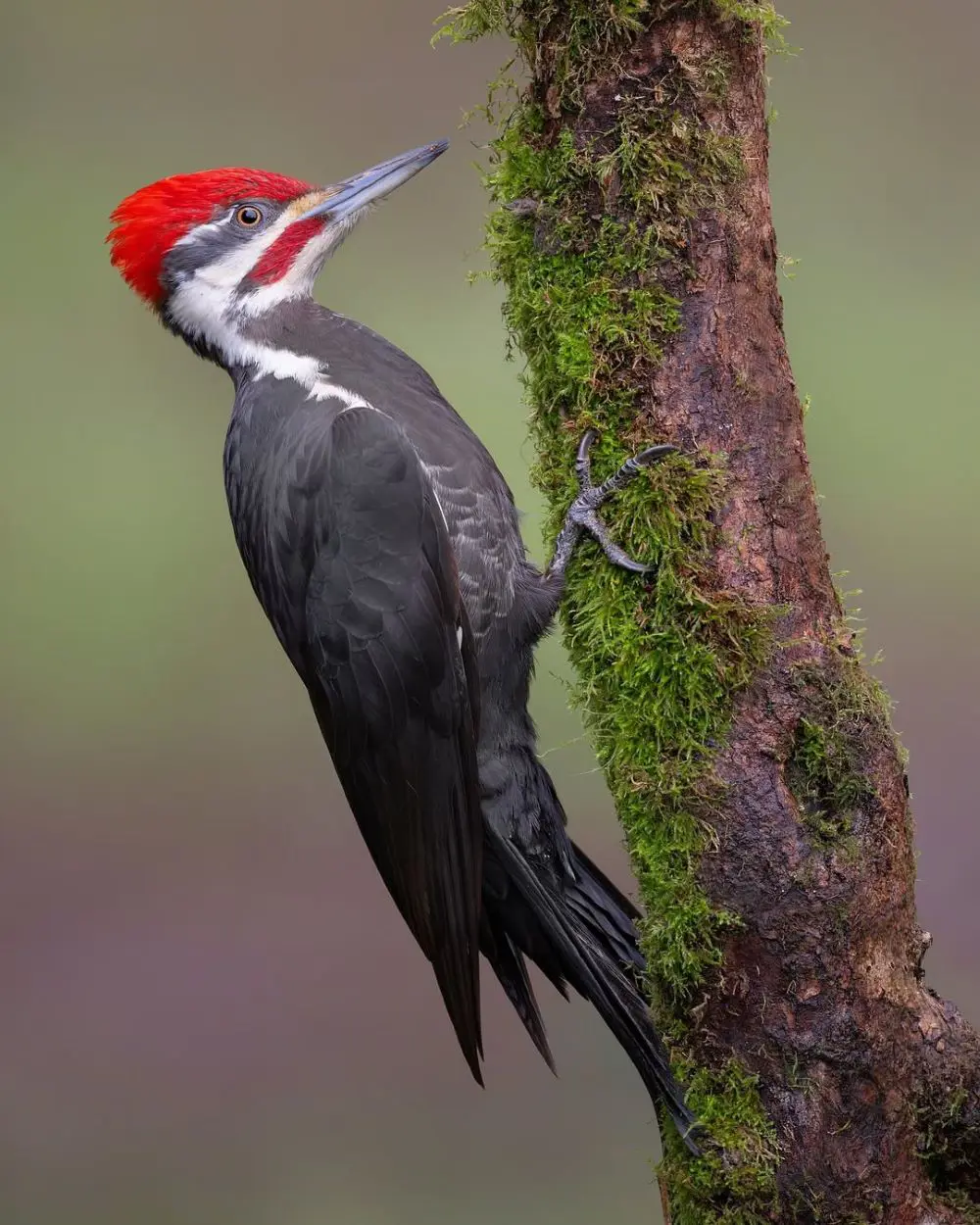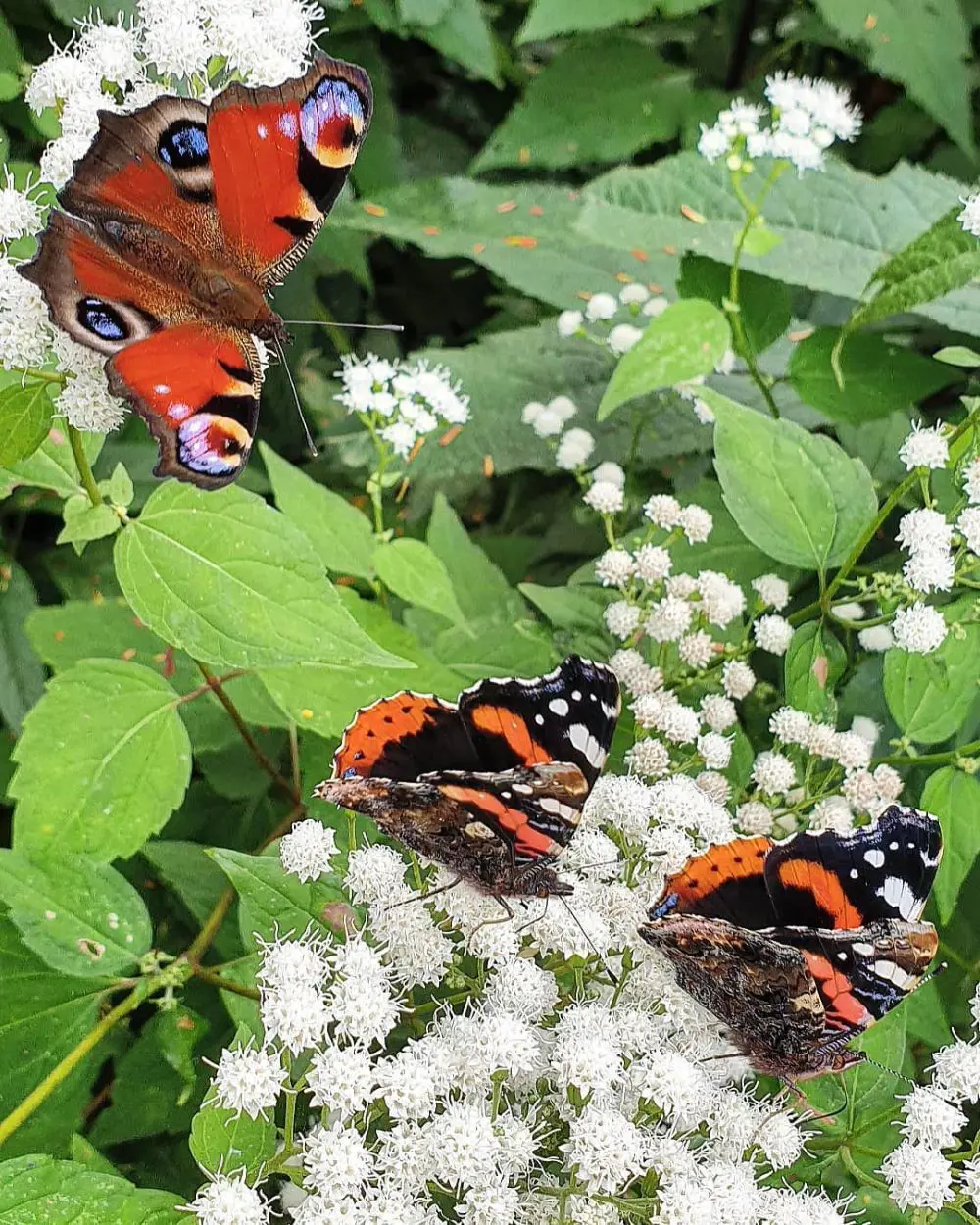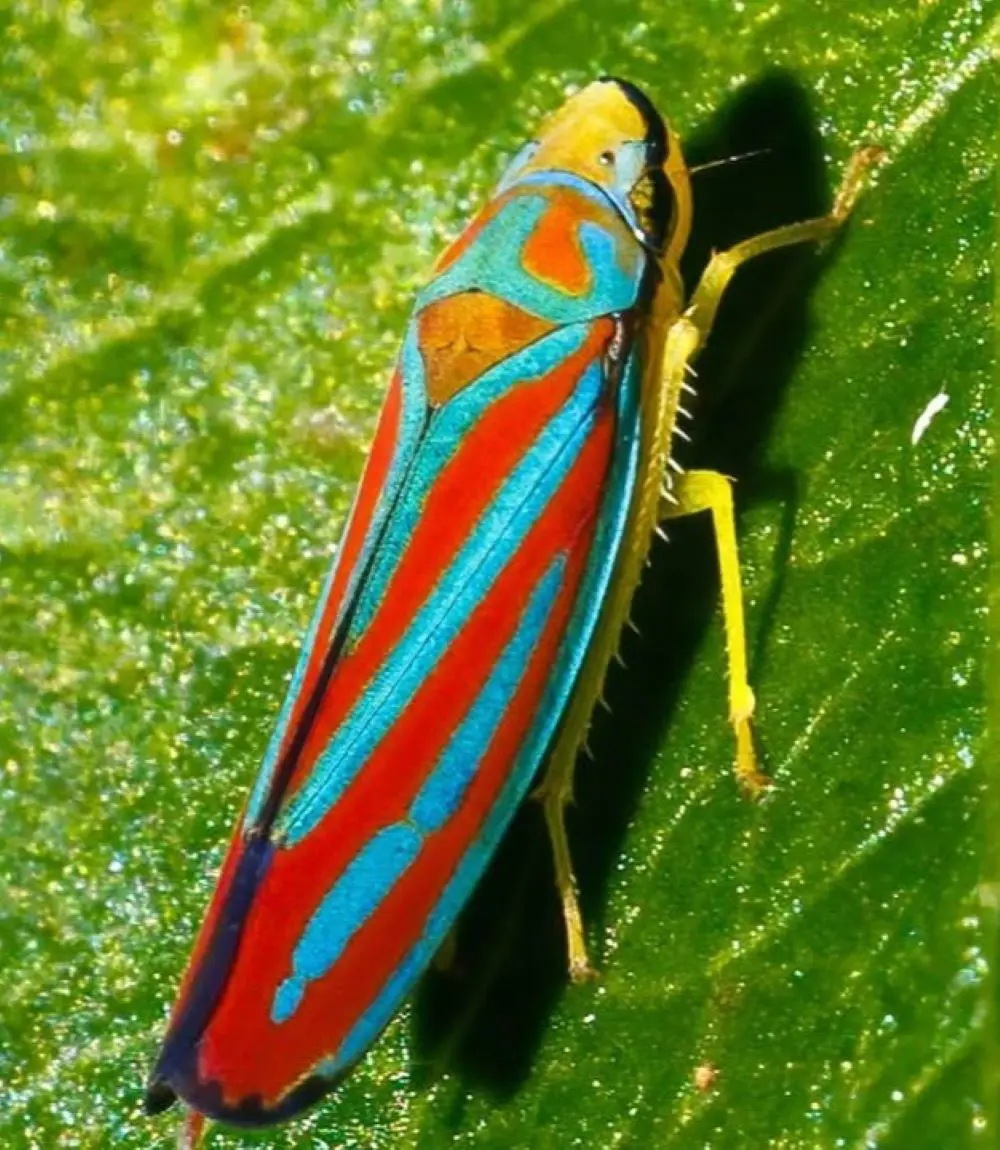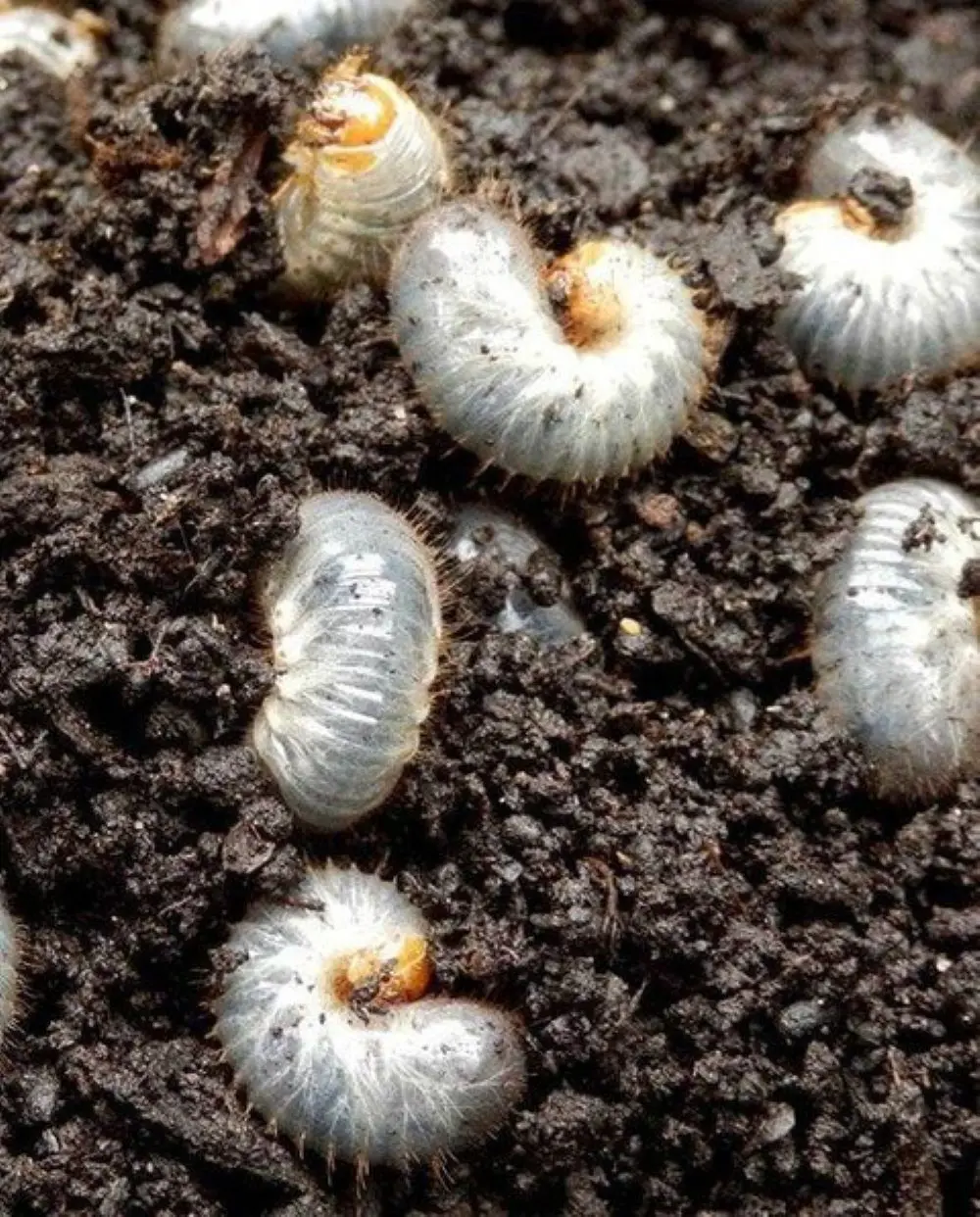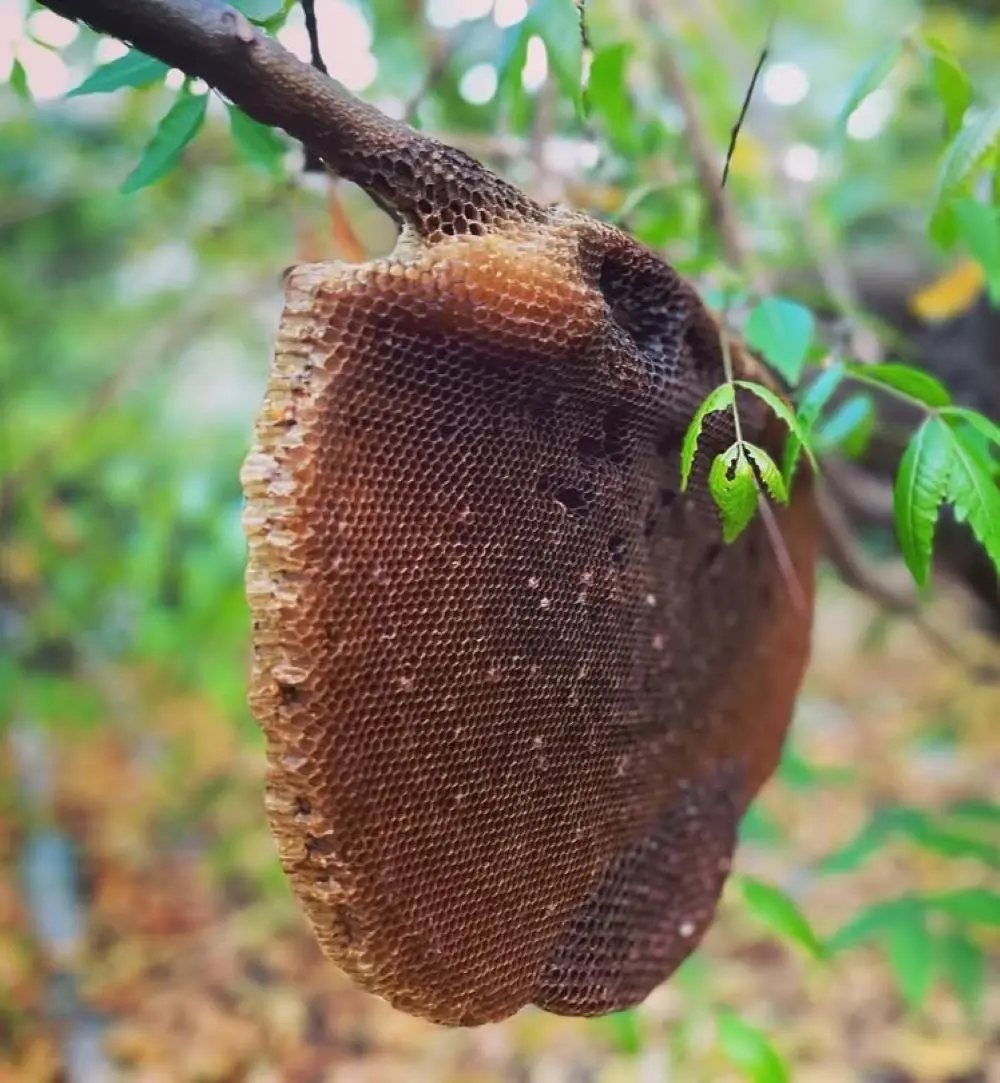Generally, stink bugs live for about 6 to 8 months; however, this number can change concerning the surrounding environment, including temperature, nutrition, and habitat. In the summer season, they turn out to be more energetic, consuming several types of fruits, vegetables, and plants.
Meanwhile, in areas with cold climates, these insects retreat into hibernation-like states, called diapause, by which they manage to survive the winter months without too much activity. When the weather heats up again, they become active again and start taking foods and reproducing to live longer in general terms.
How Long Do Stink Bugs Live Without Food?
Stink bugs can go for weeks without food, based on the ambient temperature and humidity. They are much more durable in cooler conditions because their metabolism rate is lower. But under hotter and more active conditions, their needs for nutrition increase, and they can only survive for merely a week or two without food.
Indeed, this capability of surviving for long periods without food renders them quite resilient pests, especially when they infest households or are in hiding during colder months.
So, to get rid of stink bugs, you should protect these above food items in your home and yard.
